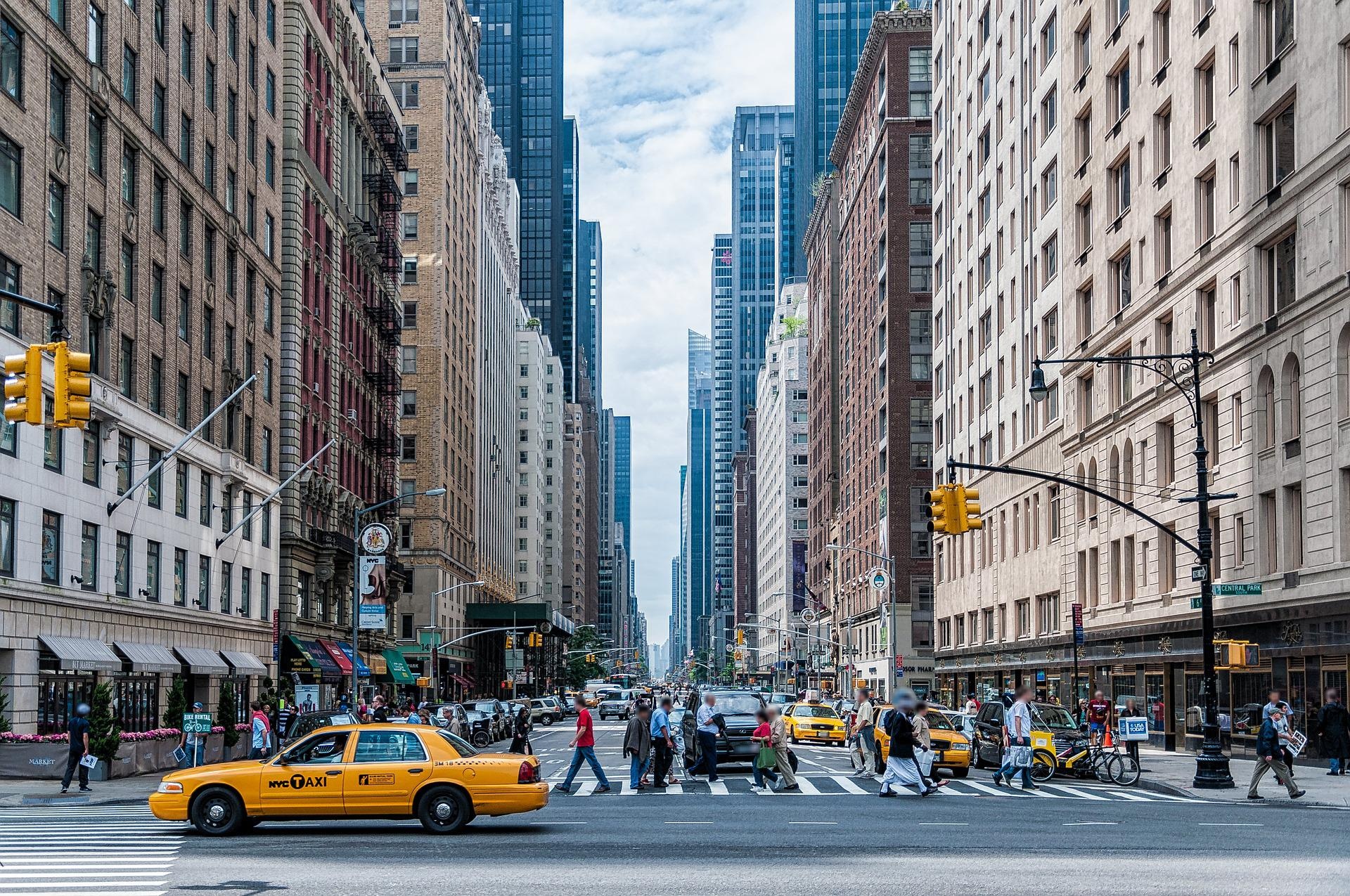Understanding the Genesis: GDPR and Personal Data
To fully comprehend the significance of blurring license plates, one must first understand the tenets of GDPR. Under GDPR, personal data is to be processed lawfully, transparently, and for a specific, explicit purpose. Once that purpose is achieved, the data should be deleted, reflecting the principle of data minimization. One might not instantly consider a license plate number as personal data, but it indeed is classified as such under GDPR. A license plate can indirectly lead to the identification of an individual since it’s linked to a specific vehicle’s owner. This raises critical privacy concerns, ultimately resulting in the practice of license plate blurring.
Data Privacy Before GDPR
Before the GDPR era, blurring license plates in photos or videos was not a universally adopted practice. The recognition of personal data was less defined, especially on public platforms like Google Street View. As the digital era advanced, however, and data collection and processing capabilities increased exponentially, concerns about privacy and data protection came to the forefront of public consciousness.
Interestingly, Google began to blur faces in its Street View images in 2008, a move initiated in response to privacy concerns. It took another year of public and governmental pressure for Google to start automatically blurring license plates in new Street View images since 2009. Despite this, the practice was still far from standardized across the board.
Advent of GDPR and Its Ramifications
The enactment of GDPR in 2018 signaled a profound shift in the data privacy landscape. The regulation’s reach was far-reaching, affecting businesses, services, and even individual internet users worldwide. Its terms carried the potential for significant penalties for non-compliance, making it an imperative for organizations to adhere to its provisions.
GDPR clarified and broadened the understanding of what constitutes personal data, categorically including details like license plate numbers. This policy underscored the need for organizations to anonymize such personal data, further reinforcing the practice of blurring license plates in all forms of media.
Technological Evolution for GDPR Compliance
The stringent requirements of GDPR necessitated a corresponding advancement in privacy protection technology. Companies began to invest heavily in technology to assist with GDPR compliance. AI (Artificial Intelligence) and computer vision algorithms capable of recognizing and blurring license plates in images and videos emerged, becoming more sophisticated and widely employed.
AI’s role in achieving GDPR compliance is noteworthy. Complex AI algorithms, such as BlurIt, can efficiently identify and anonymize license plate data, thereby minimizing the risk of personal data exposure. The evolution and adaptation of such technologies underscore the symbiotic relationship between data protection regulations and technological progress. By leveraging AI-powered solutions like blurit, individuals and organizations can enhance their compliance efforts while safeguarding privacy in an increasingly data-driven world.
